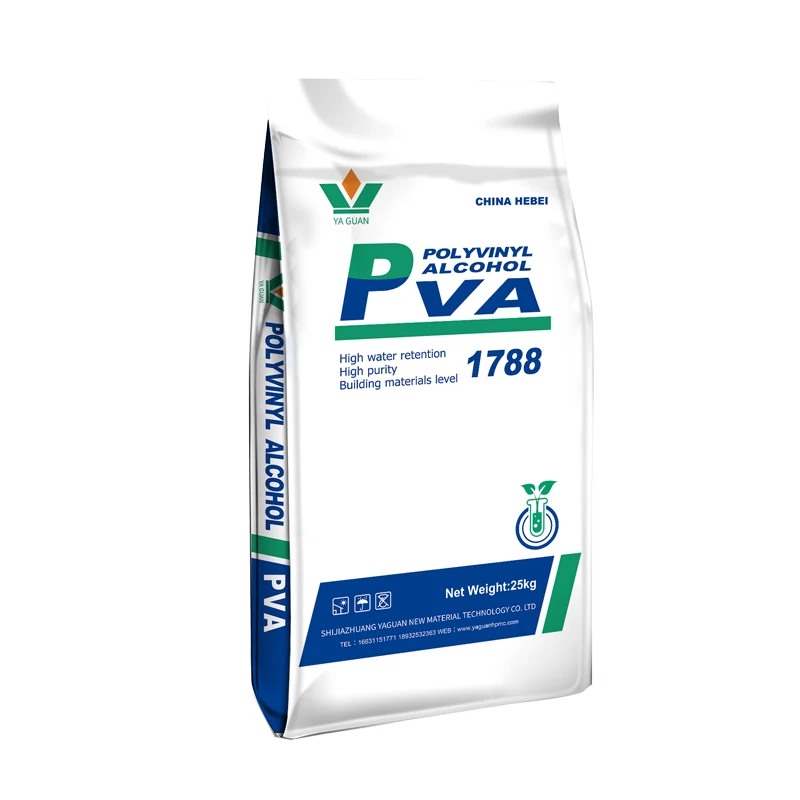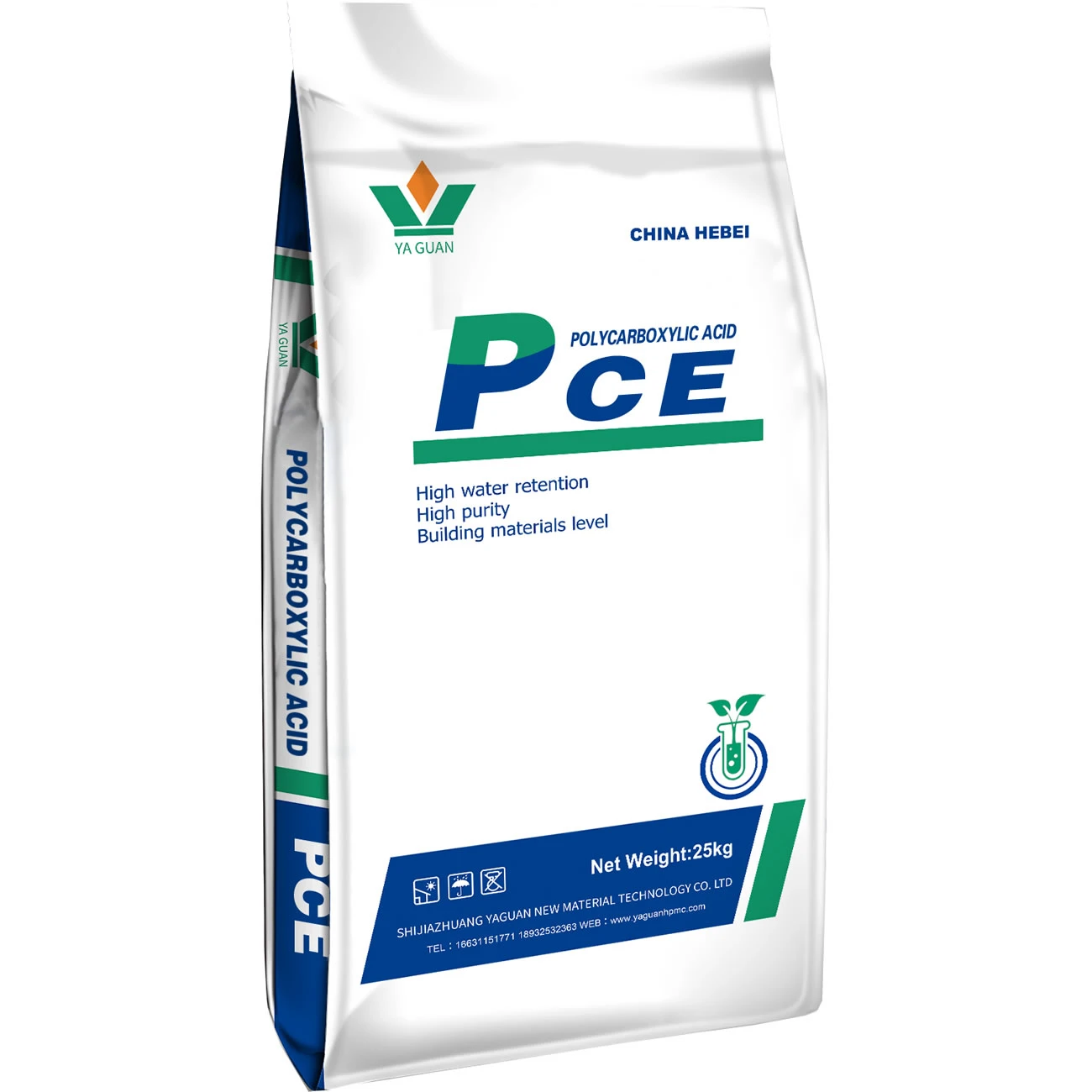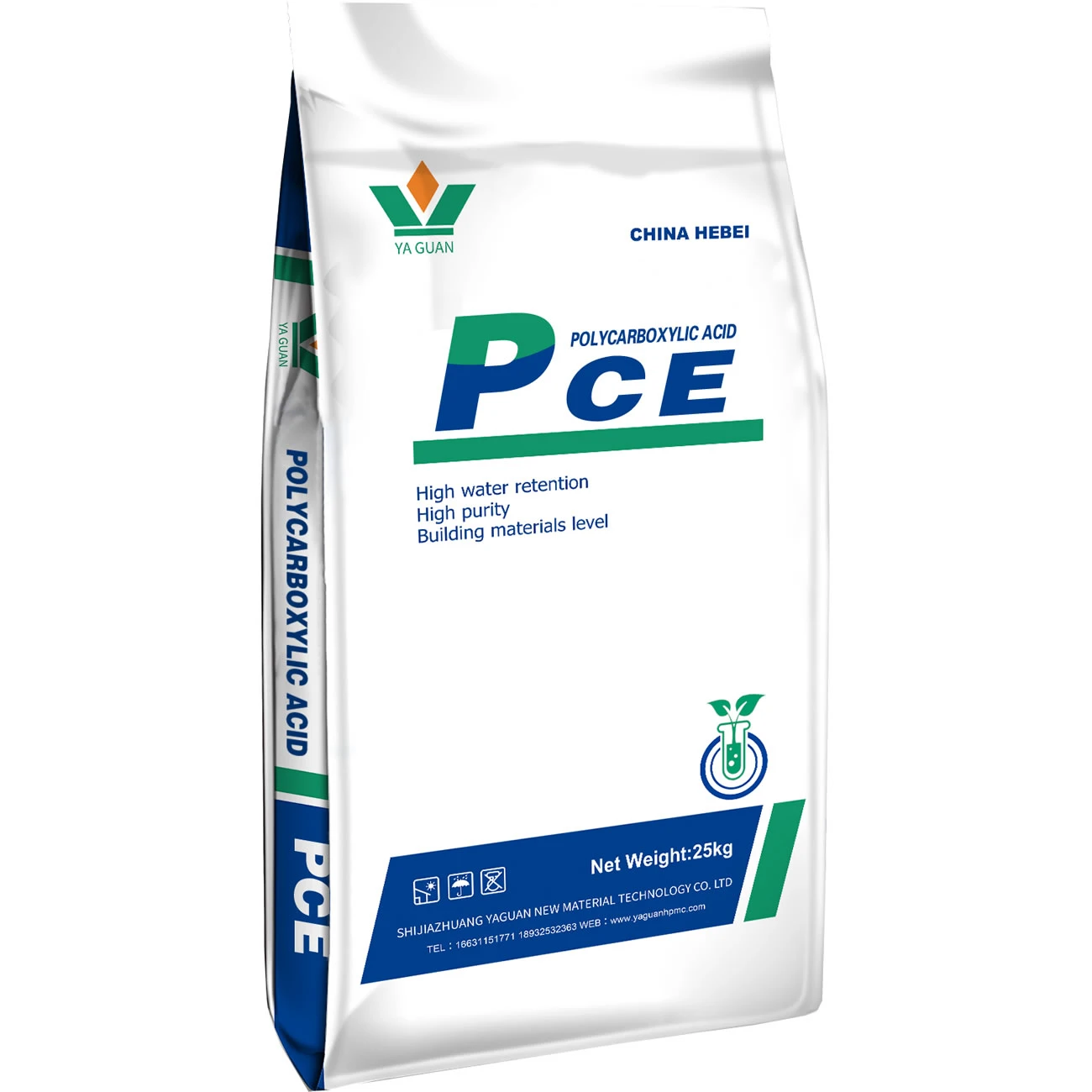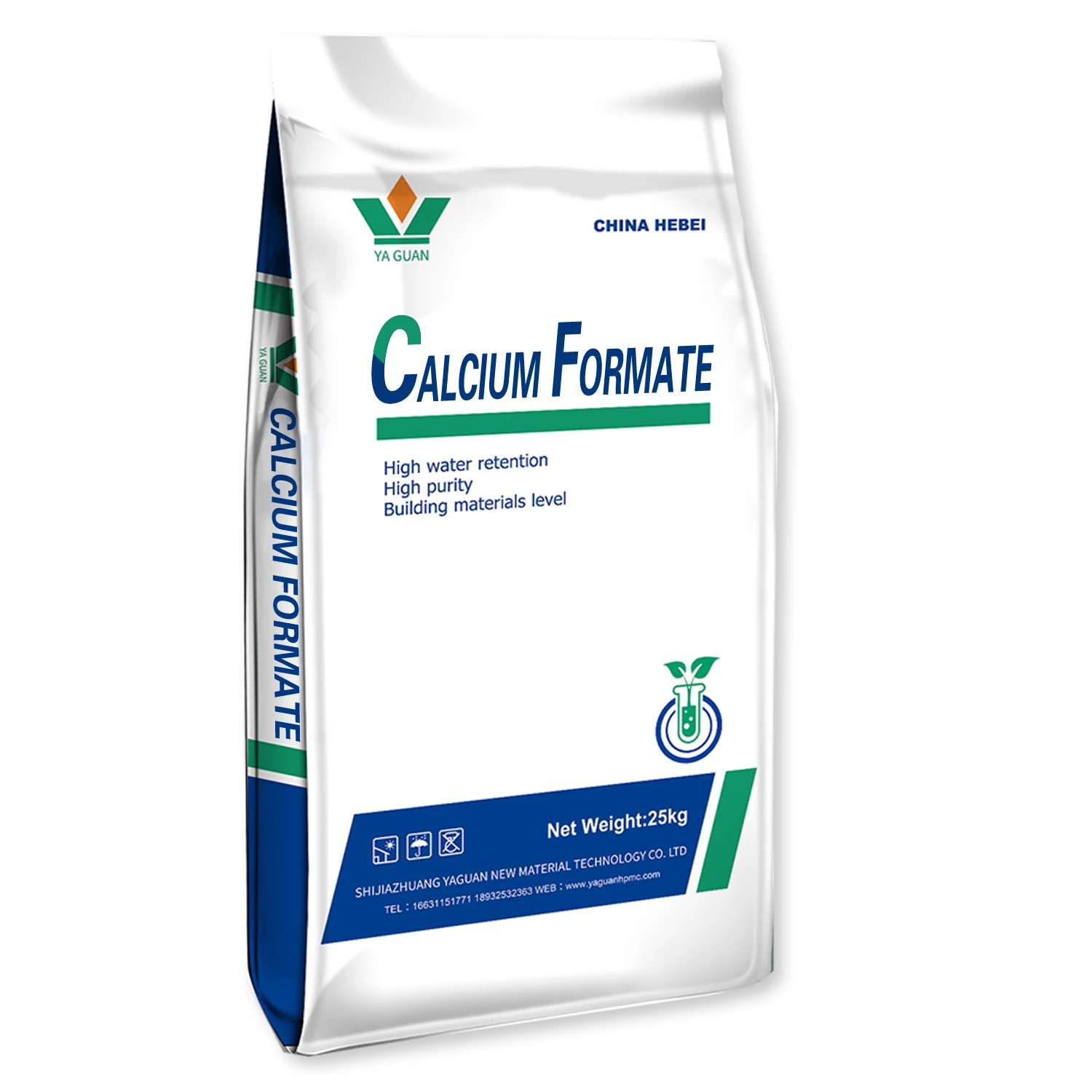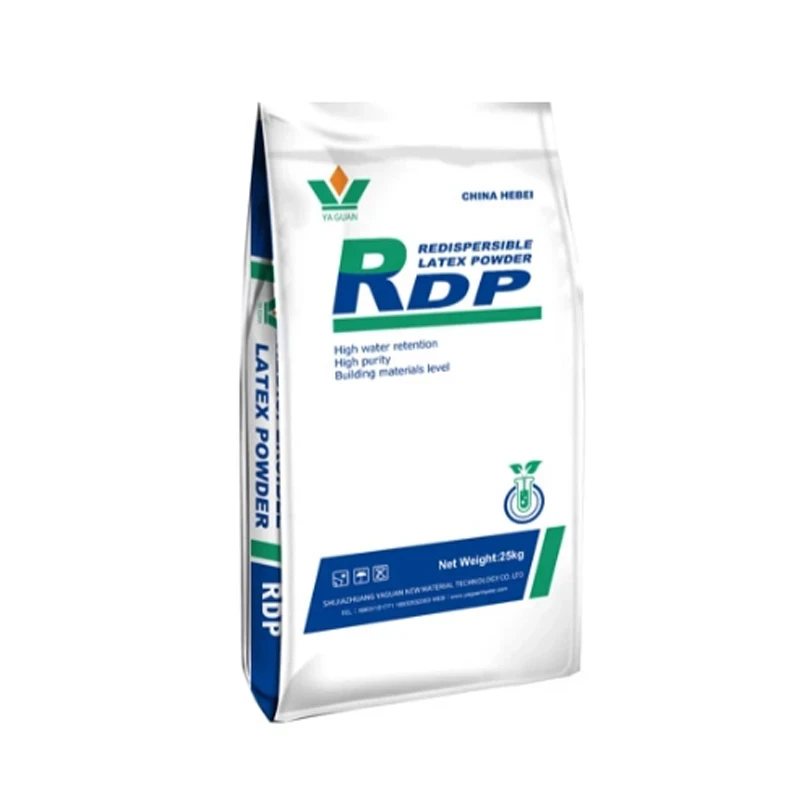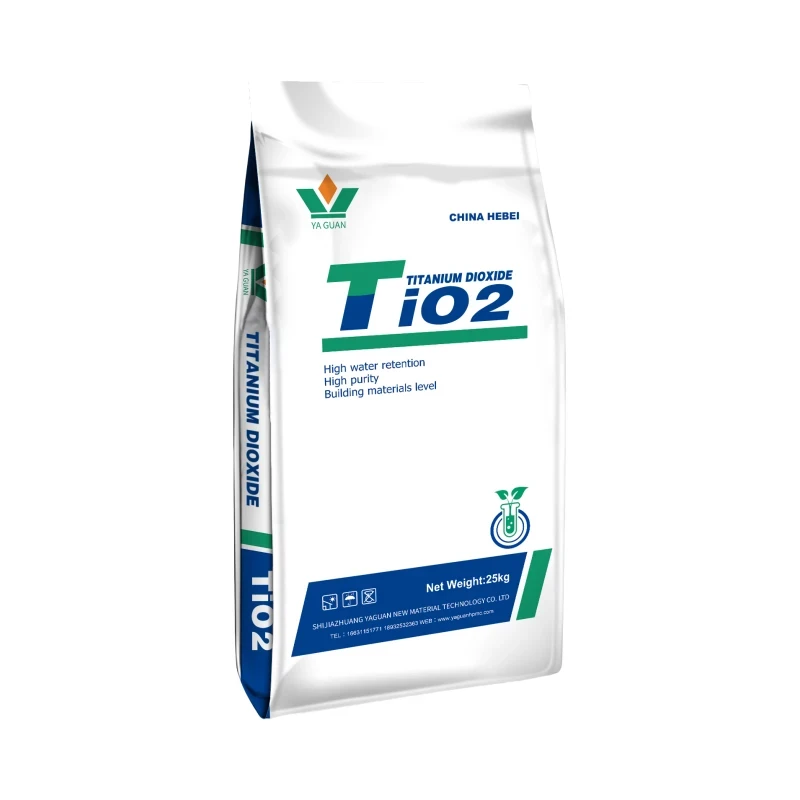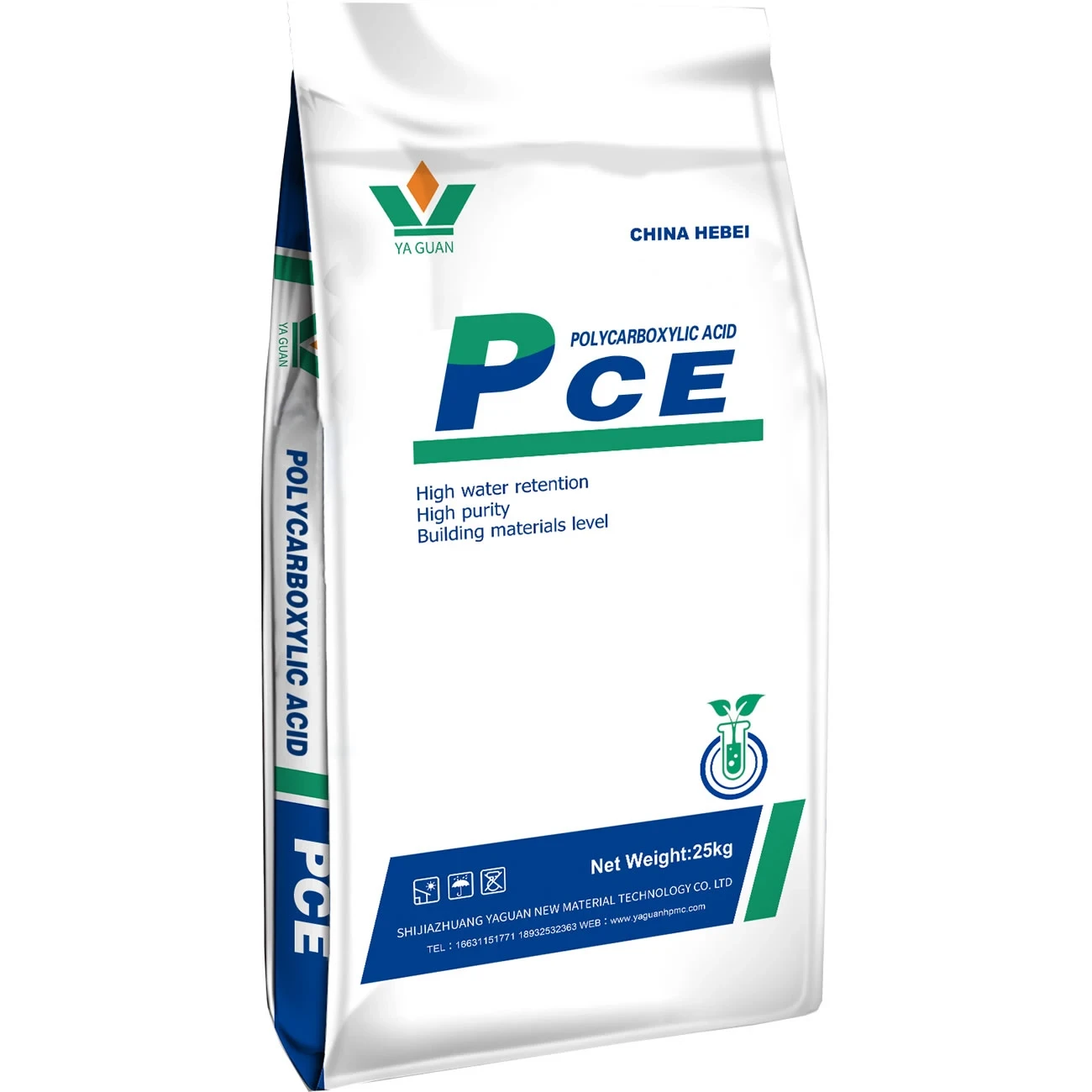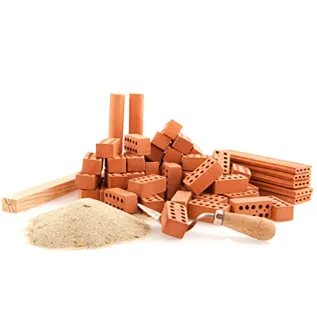
- Understanding HPMC and Its Essential Identifier Code
- Unmatched Performance Characteristics of Cellulose Ethers
- Quantifiable Market Impact and Usage Metrics Across Industries
- Key Supplier Comparison: Specifications and Quality Metrics
- Tailored Molecular Solutions for Specialized Applications
- Industry-Specific Implementation Scenarios and Results
- Critical Importance of Accurate Material Identification

(hpmc cas no)
Understanding HPMC and Its Essential CAS Registry Number
Hydroxypropyl methylcellulose (HPMC) occupies a critical position in industrial chemistry as a versatile cellulose ether derivative. The CAS registry system provides the definitive identification method for chemical compounds worldwide. For HPMC, this unique numeric designation is 9004-65-3. This specific HPMC CAS number distinguishes it from similar compounds like methylcellulose (9004-67-5) or hydroxyethyl cellulose (9004-62-0). Laboratories and quality control departments universally rely on this identifier when conducting spectral analysis, verifying material composition, or preparing safety documentation.
Unmatched Performance Characteristics of Cellulose Ethers
HPMC delivers exceptional functionality across multiple domains due to its amphiphilic molecular structure. With water retention capacities exceeding 95% in cementitious systems and thermal gelation points adjustable between 58-90°C through varying hydroxypropyl substitution levels, it demonstrates remarkable formulation flexibility. The compound's pseudoplastic rheology reduces pumping energy requirements by up to 35% in spray applications while its non-ionic character maintains stability across pH 3-11. These engineered properties directly translate to tangible process efficiencies: 12-18% reduction in construction material waste, 40% faster tablet disintegration times in pharmaceutical manufacturing, and 25% improvement in coating uniformity for agrochemical pellets.
Quantifiable Market Impact and Usage Metrics Across Industries
Industry consumption statistics reveal HPMC's economic significance, with global market volume reaching 815,000 metric tons annually. Construction applications dominate at 54% of total consumption, followed by pharmaceuticals (23%), food products (11%), and personal care formulations (7%). Regional consumption patterns show 42% usage in APAC markets, with China's construction sector utilizing approximately 180,000 tons yearly. Pharmaceutical grades of HPMC demonstrate particularly high growth at 8.3% CAGR as bioavailability-enhanced drug formulations increase. Production methods utilizing sustainably sourced cellulose now represent 75% of commercial material, reducing environmental impact by 22% compared to conventional manufacturing.
Key Supplier Comparison: Specifications and Quality Metrics
| Manufacturer | Viscosity Range (mPa·s) | Methoxy Content (%) | Hydroxypropoxy Content (%) | Pharmaceutical Compliance | Lead (ppm max) |
|---|---|---|---|---|---|
| Shin-Etsu | 5-200,000 | 19-30 | 7-12 | USP/EP/JP | 1.0 |
| Dow Chemical | 5-100,000 | 20-29.5 | 4-12 | USP/EP | 1.5 |
| Ashland | 5-150,000 | 16.5-30 | 5-15 | USP/EP | 2.0 |
| Lotte Fine Chemical | 50-80,000 | 19-24 | 8-11 | KP/USP | 2.5 |
Technical specifications reveal significant formulation differences affecting performance. Shin-Etsu's precision substitution ratios provide consistent thermal gelation behavior (±1.5°C variation) critical for pharmaceutical film coating, while Dow's broader methoxy range delivers enhanced water retention (up to 97.4%) for tile adhesive formulations. Heavy metal specifications show pharmaceutical grade producers maintain tighter controls, directly affecting biocompatibility certifications.
Tailored Molecular Solutions for Specialized Applications
Manufacturers develop customized HPMC variants through controlled propylene oxide reaction sequences that modify substitution patterns at C2, C3, and C6 hydroxyl positions. Low-viscosity grades (5-50 mPa·s) with increased hydroxypropyl groups (11-12%) accelerate dissolution rates for ophthalmic solutions. Construction-grade modifications focus on methoxy enrichment (28-30%) combined with molecular weight optimization for extended open time in mortar applications. For extended-release matrix tablets, manufacturers engineer particle size distributions targeting specific bulk densities of 0.30-0.45 g/cm³ with surface areas of 0.6-1.2 m²/g to modulate hydration kinetics and active ingredient diffusion profiles.
Industry-Specific Implementation Scenarios and Results
European mortar producers utilizing modified HPMC grades report 18-22 minute workability extensions compared to conventional formulations, reducing material discard rates by 9% at job sites. In pharmaceutical tableting, optimized HPMC CAS number 9004-65-3 variants demonstrate controlled release profiles achieving zero-order kinetics for 8-12 hour sustained delivery. Food applications leverage surface-treated hydrophobic HPMC producing 30% oil absorption reduction in fried products. Industrial coating trials using high-purity grades show 98.7% film continuity at 20μm thickness, eliminating substrate corrosion. In ceramics manufacturing, binder formulations with specialized rheology profiles reduce green body cracking by 65% during drying cycles.
Critical Importance of Accurate HPMC CAS Number Identification
Material verification using the definitive 9004-65-3 designation prevents formulation errors that cost manufacturers approximately $2.3 million annually in rejected batches. Regulatory frameworks like FDA 21 CFR §210 require CAS verification for pharmaceutical ingredients, while REACH legislation (EC 1907/2006) mandates this identification for safety assessments. Cross-referencing HPMC CAS number documentation with supplementary analytical methods (DS substitution, viscosity profiles, residual solvent levels) creates comprehensive material qualification protocols. Batch tracking through this identifier directly correlates with consistent performance metrics, as evidenced by 12% greater viscosity specification compliance in manufacturing compared to non-CAS verified supply chains. This unambiguous identification remains fundamental to quality assurance systems in all technical applications of hydroxypropyl methylcellulose.
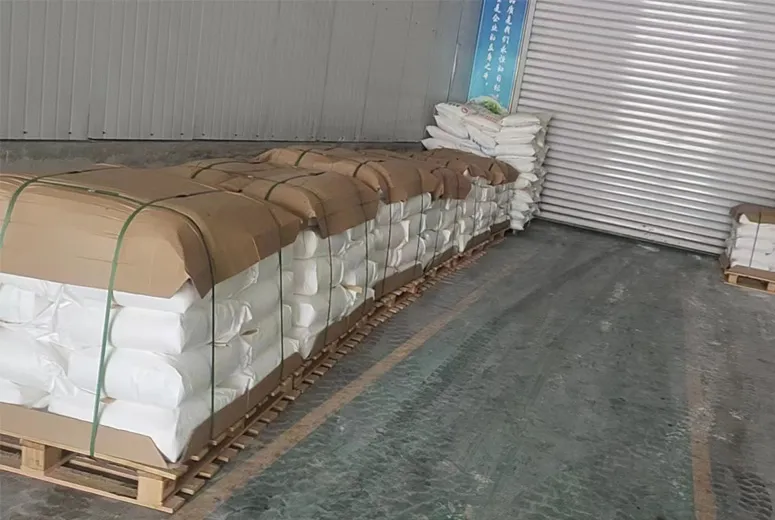
(hpmc cas no)







